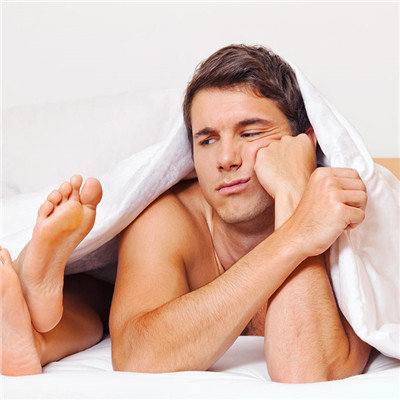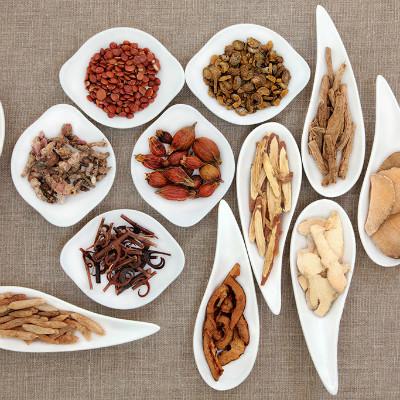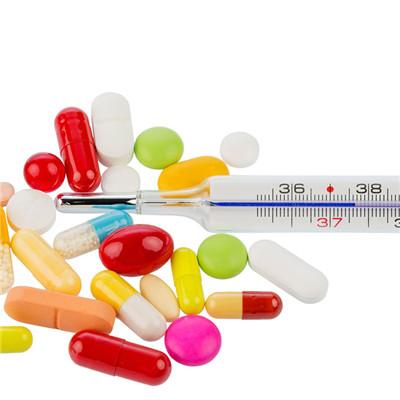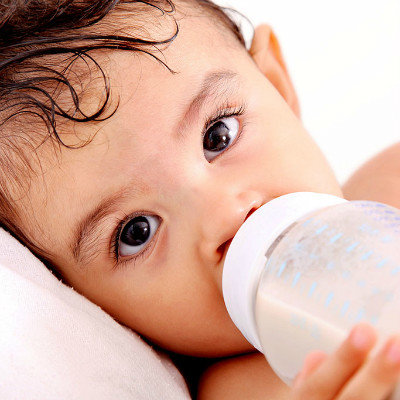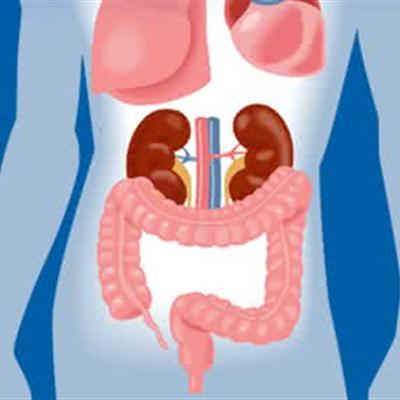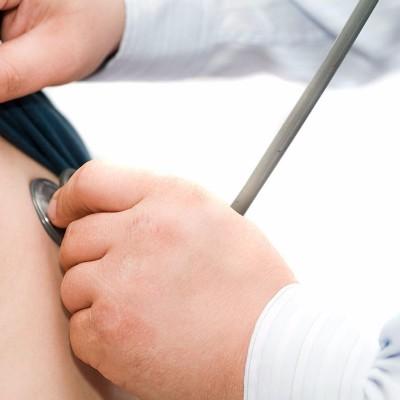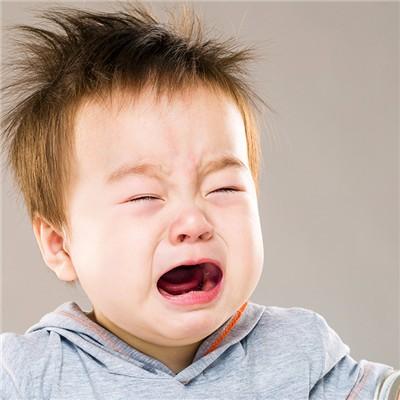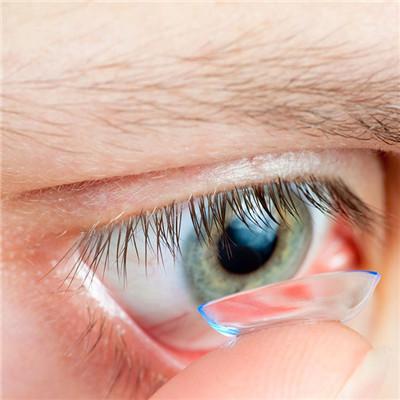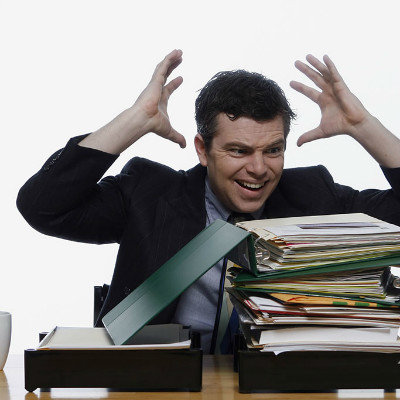Hormone induced symptoms of osteoporosis
summary
Osteoporosis is a systemic disorder of bone metabolism, which is caused by the damage of bone tissue structure, the decrease of bone mineral composition and bone matrix, the thinning of bone, the decrease of trabecular bone, the increase of bone fragility and the increased risk of fracture. Osteoporosis is generally divided into two categories, namely primary osteoporosis and secondary osteoporosis. Degenerative osteoporosis can be divided into postmenopausal osteoporosis and senile osteoporosis. 72% in male and 90. 47% in female. Talk about the symptoms of osteoporosis caused by hormone
Hormone induced symptoms of osteoporosis
The symptoms are different depending on the degree of osteoporosis and the nature of the primary disease. Most of the symptoms are insidious. Many patients are found complicated with osteoporosis only after X-ray examination. Some patients complained of low back pain, fatigue, limb convulsions or difficulty in movement, severe cases may have bone pain, minor injuries may occur spine, ribs, hip, long bone or ankle fractures. The main signs are similar to those of primary osteoporosis, including shortening of height, kyphosis, hunchback or thoracic deformity in severe cases.
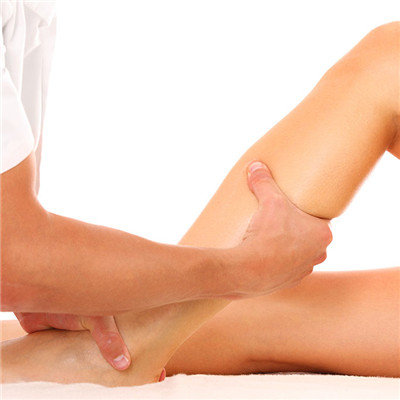
Pain, especially low back pain, is a common symptom of osteoporosis. When the pain is obvious, it will seriously affect the quality of life of patients. And the most serious consequence is the occurrence of osteoporotic fractures, which can occur in the daily activities or minor impact injuries. The common fracture sites are spine, hip and wrist. The occurrence of fracture leads to a great increase in the morbidity and mortality, which not only brings physical and mental pain to the patients themselves, but also brings heavy economic burden to the family and society. Therefore, it is necessary to prevent and treat osteoporosis and fracture.
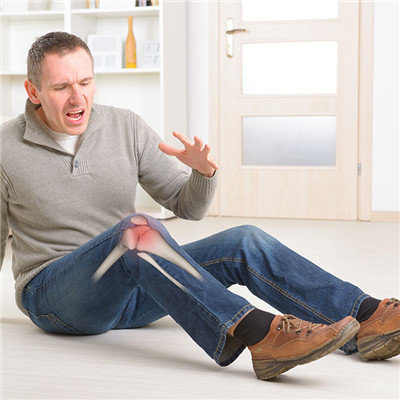
Hunchback often occurs after pain. The anterior part of the vertebral body is almost composed of cancellous bone, and this part is the pillar of the body, with heavy load, especially the 11th and 12th thoracic vertebrae and the third lumbar vertebrae. It is easy to compress and deform, making the spine forward, aggravating the curvature of the back, forming a hunchback. With the growth of age, osteoporosis aggravates, and the curvature of the hunchback increases, resulting in significant contracture of the knee joint, There are 24 vertebrae per person. In normal people, the height of each vertebrae is about 2cm. In elderly people with osteoporosis, the vertebral compression is about 2mm, and the average length is 3-6cm. Fracture is the most common and serious complication of degenerative osteoporosis.
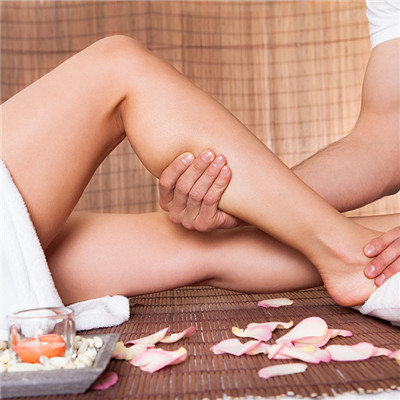
matters needing attention
Keep a good mood, do not have too much psychological pressure, too much pressure will lead to acid deposition, affect the normal metabolism. Appropriate adjustment of mood and self pressure can maintain weak alkaline constitution, so as to prevent the occurrence of osteoporosis.
